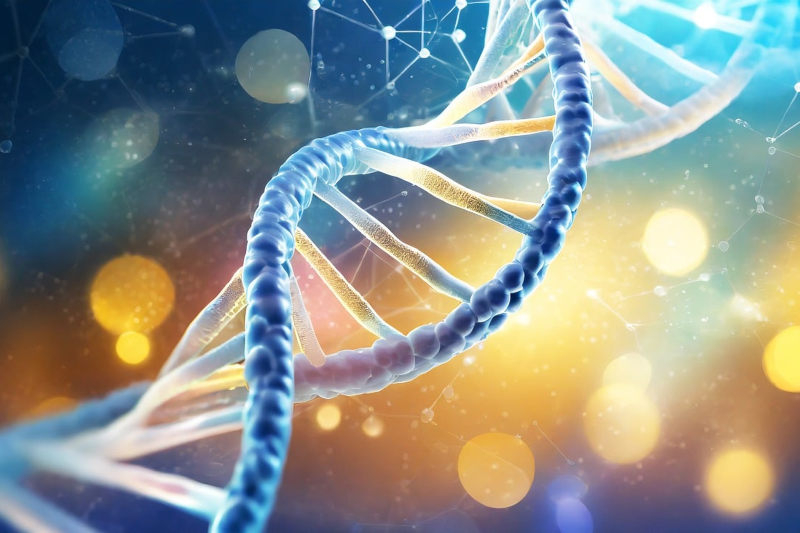Technology for recording data into existing DNA has been developed


Chinese scientists have developed a new method of storing data in DNA that could revolutionize this narrow field. A team of researchers from Peking University and three other institutions has published a paper using DNA methylation to selectively mutate “epi-bits” on pre-existing DNA strands. This significantly speeds up the process of recording data, but it is too early to put the technology into practice.


Image source: MV-Fotos / pixabay.com
Recording information in DNA makes it possible to achieve incredibly high data density – up to 215 PB per 1 gram, but the writing and reading processes are still very expensive and very slow. Traditionally, placing data in DNA means creating sequences from scratch, but Chinese scientists propose writing information into already existing strands, which in theory will save time and money.
The epi-bit method is based on a natural process called DNA methylation, which mimics the evolution that strands of DNA undergo throughout life. Scientists have created 700 “mobile types” of DNA from nucleic acids. This method can be implemented manually or automatically: In testing, the researchers first printed and then recalled 18,833-bit and 252,504-bit (31.5 kB) images automatically at a rate of 350 bits per response.
Recording and storage uses a barcode system to help mark where pieces of data are so they can be retrieved with a specified level of speed and accuracy. Manually writing information into DNA is a relatively simple process, even for non-experts: 60 volunteers with no biolab experience manually encoded 5,000 bits of text data using the iDNAdrive data storage service.
The method proposed by Chinese scientists for storing data in DNA takes advantage of the strengths of this technology – high density and stability – and adds programmability and scalability to them. But it’s too early to put it into practice: information is currently recorded at a speed of about 40 bits/s—about 30 million times slower than on a traditional hard drive. But the cost turned out to be about ten times lower than creating a sequence from scratch – all you need to do is buy a pen and ink. Prices on the market are still exorbitant – the French startup Biomemory charges €1000 for recording 1 KB on a memory card with DNA.
Recent Posts
SnowRunner creators’ ‘revolutionary’ RoadCraft simulator earns ‘mixed’ reviews on Steam release
As promised, the “revolutionary” construction simulator RoadCraft from Saber Interactive (SnowRunner, Expeditions: A MudRunner Game)…
Google has taught Meet to translate speech on the fly while preserving intonation and tone of voice
Google unveiled a new live translation feature for its Google Meet video conferencing service at…
CMF Phone 2 Pro Review: Still Surprising
Last year, Nothing introduced the first smartphone under its budget sub-brand CMF by Nothing. The…
Google Chrome Will Start Automatically Changing Weak or Hacked Passwords, But Will Ask for Permission First
At Google I/O, the company announced a new feature in Chrome that will automatically update…
The End of Silent AI Video: Google Unveils Veo 3, the First Video Generator with Sound
Google presented the latest AI model for generating videos from text descriptions, Veo 3, at…
GTX 750 Ti is no longer enough for the game: Ubisoft announced the system requirements of Rainbow Six Siege X
Publisher and developer Ubisoft has revealed the system requirements for Tom Clancy's Rainbow Six Siege…